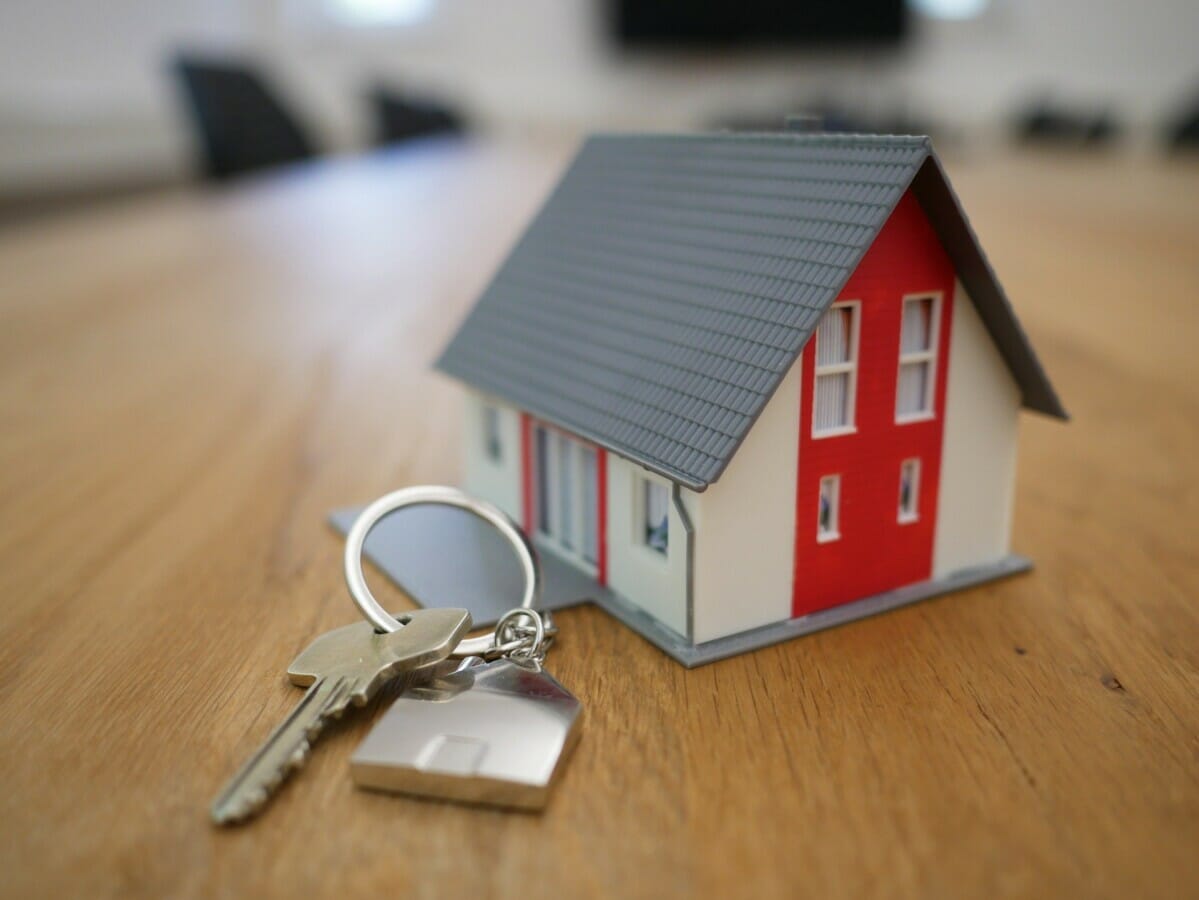
Buying a new home is a big step in anyone’s life, especially if it’s your first home. It might be tempting to be drawn in by the most appealing aspects of a new space; the lights, the furniture, and the new kitchen can be overwhelming when you enter a new space.
Very easily, we might think about interior design before considering the fundamentals of our new property. While you’re swept up in the romance of your new home, failing to check on the maintenance of the place can leave you with some costly and lengthy repair processes in the future. If you’ve already invested in a new property, it’s worth double checking your home to make sure that everything is up to scratch.
Here, Karl Tulloch from Rightio reveals some of the most important things to check for in your potential new home so you can make your purchase with confidence.
Roof repairs
Looking at a house, we’re often most commonly concerned with the floorplan. The wrong layout can be a dealbreaker and making sure that a home has enough space for you and your possessions is very important. What is easy to forget about, however, is what lies above our heads.
Despite this, it’s worth making the extra effort to have a look at your roof. In the long run, it’s a lot cheaper to ensure that your roof is properly maintained instead of neglecting it. Forgetting about your roof will mean that the whole thing needs to be replaced, a process that costs between £5,000 and £7,000 in the UK.
That’s not to mention the discomfort that a poorly maintained roof can cause for you. Ceiling stains are a sign that it’s time to take action; If your roof is leaking, mould can thrive in damp environments. Insulating your home properly will also be difficult. Cold air can find its way through gaps in your roof and warm air will escape much more easily.
Roof maintenance is vital to the integrity of the whole home, but harsh weather can take its toll. It can be easy to forget about your roof since you probably spend a lot more time inside your home than you do checking over the exterior. Before making your purchase, ask to see the attic to investigate for any problems.
Heating problems
Central heating is incredibly important for every home. We all want to be able to get comfortable and cosy in our home, so it’s important to make sure that your new property is set to accommodate for that.
Making sure that you have the right insulation is key. You should make sure that the roof and walls have been correctly insulated before making the big purchase. The best way to do this is to tour the space and see if you can feel any draughts anywhere. If you’re checking the loft, you could even measure the thickness of the insulation that has been used.
If you find any draughty spots, you can use sealants to fill gaps and cracks along windows and brush strips around doors.
Your heating system needs stable foundations, though, and checking insulation won’t help much if there is a problem with the heart of your heating – the boiler. This is so crucial in homes that, between 2017 and 2020, the third most popular upgrade to homes was a new boiler. Buying a new home, you want to know that your boiler is working efficiently, but you might not want to splash out on an entirely new boiler. To solve this, making sure that your boiler has a boiler service certificate will show that your heating system is working at maximum efficiency.
Damp
Damp can be a really difficult problem to remove, so it’s important to know how to prevent it in your home. If you’re looking to buy, then it’s vital to know what signs to lookout for when you’re viewing a property.
When you’re looking at a house, the most obvious sign of damp and mould is discoloured patches on the walls and ceiling – be careful, though, since these might be hidden in hard-to-spot places behind mirrors or furniture. Pay particular attention towards windows, too, since frames covered with peeling paint will reveal present damp.
Now you know what the signs are, it’s best to know how to prevent damp. Poor ventilation causes damp air to linger in the home; the longer this air is in your home, the more susceptible to damp your home will be. Air out your home and ensure that air can circulate freely through your rooms.
People create damp air, but is also caused by external factors, so check your home’s exterior. Any blocked pipes or guttering will create a place for mould to thrive in your home that will only spread throughout your walls, so make sure everything is cleared.
Putting on the heating might seem like a straightforward way to prevent damp since heat will fight the cold. However, your pipes can become prime targets for condensation if left unlagged, which can seep into the walls. Coating pipes with foam or other suitable insulation will make sure that no matter how much you use the heating, your home will be dampproof.
Buying a new home can seem daunting but there are a few things that are important to remember as you undertake your pursuit of property. We hope these tips well help you better understand exactly what you should be looking for in a good home, and how to tackle these problems before they become too expensive.
